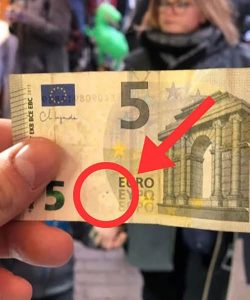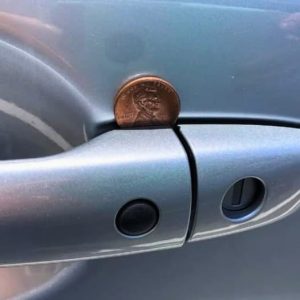What if your wallet is hiding a secret fortune?
Imagine this: tucked between your everyday bills and receipts lies a €5 note that’s not worth just five euros—but up to €5,000. It may sound unbelievable, but some ordinary-looking banknotes have become priceless treasures for collectors. Not every note is just paper and ink—some are unique works of art in the eyes of numismatists. Their extraordinary value depends on a few key factors: rarity, since scarce notes attract higher demand; printing errors, where a smudged logo or off-centered cut can transform a mistake into gold; and serial numbers, as unusual patterns can instantly boost a note’s worth.
The secret behind these rare €5 notes lies in the serial number printed on the back. Some combinations are so exceptional that collectors are willing to pay thousands to own them. The most coveted are those made entirely of the same digit, such as SC1111111111, known as “mirror numbers” or “perfect sequential numbers.” These are extremely scarce, and similar examples have sold for as much as €5,000 in online auctions. Other valuable patterns include palindromes (e.g., 12321), progressive series (123456789), and lucky numbers like repeating 7s or 8s, often believed to bring fortune. So, your €5 note might not just buy a coffee—it could pay for a weekend getaway in Rome!
If you suspect your note might be rare, have it checked by a numismatics expert to verify its authenticity and rarity. You can also offer it at auctions or contact private collectors directly, as condition plays a huge role in its value. Keep it in an acid-free sleeve, store it away from sunlight, and handle it carefully. A well-preserved note can gain even more value over time. Next time you pay for your morning croissant or bus ticket, glance at the serial number—you might just be holding a hidden treasure. After all, the most extraordinary fortunes often hide in the most ordinary places.






